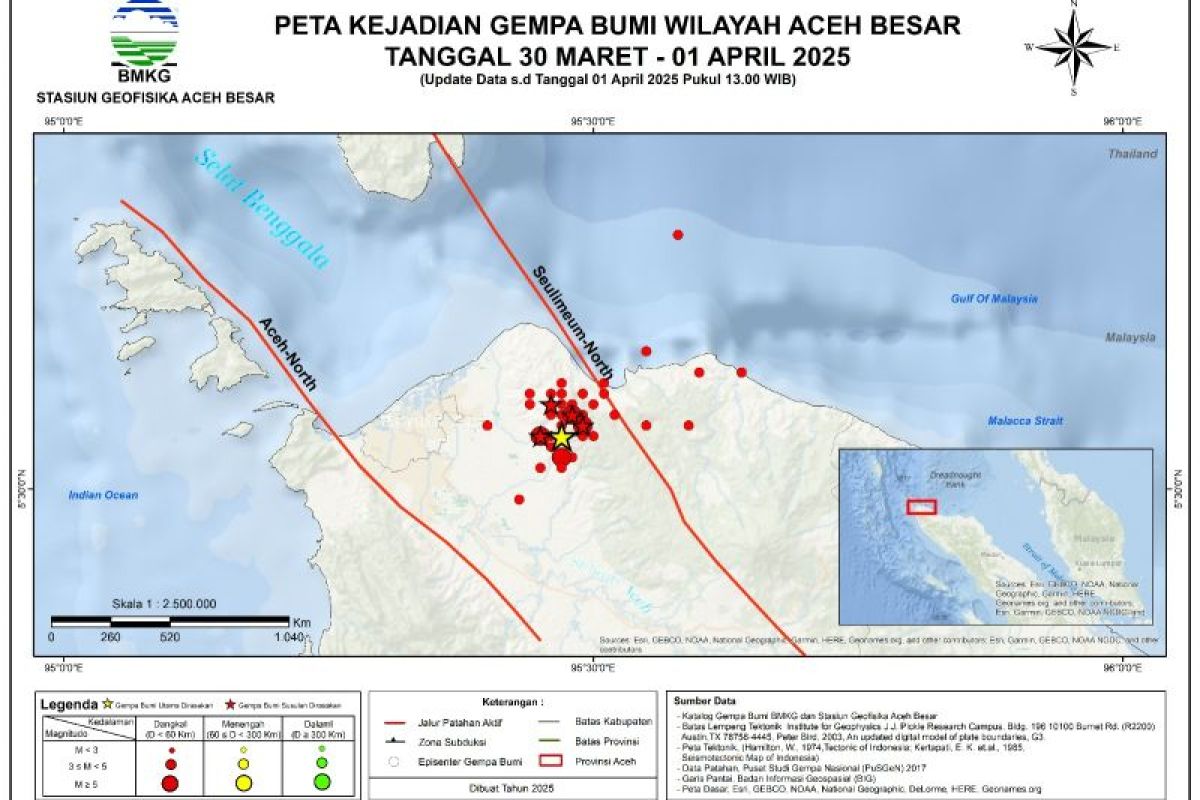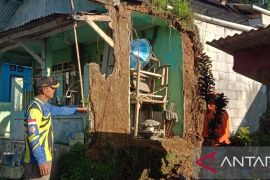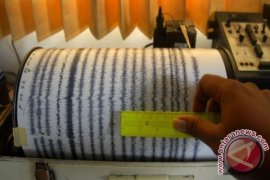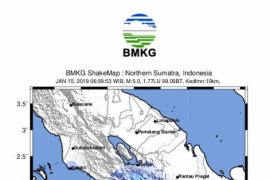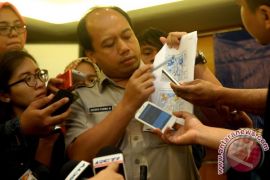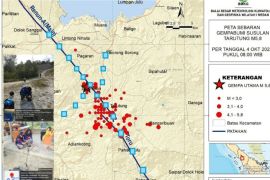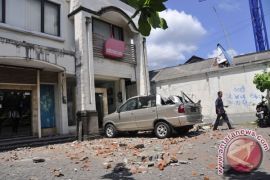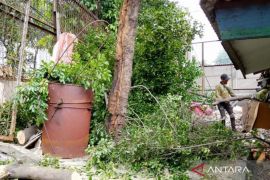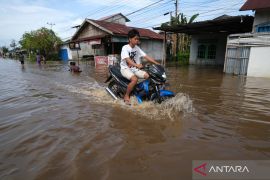The head of BMKG's Aceh Besar Geophysics Station, Andi Azhar Rusdin, informed reporters on Tuesday that the first earthquake was recorded at 9:58 a.m. local time on March 30. The 5.2-magnitude earthquake was followed by 46 aftershocks of varying magnitudes, which continued until April 1.
"By 1 p.m. local time on April 1, we had recorded aftershocks with a maximum magnitude of 5.2 and a minimum magnitude of 1.2," he said.
Rusdin explained that the earthquake activity was linked to the movement pattern of the Seulimeum Fault, which is part of the Great Sumatran Fault.
"It has a right-lateral horizontal fault movement pattern," he added.
According to Rusdin, this movement occurs when two rock surfaces rub against each other horizontally due to frictional forces that cause the plates to move in opposite directions.
The Seulimeum Fault runs along the eastern route, passing through the western slope of Mount Seulawah Agam to the north, and dividing Weh Island.
He stated that aftershocks are a normal phenomenon following a significant earthquake.
"Aftershocks are part of the process of restoring the position of rocks beneath the Earth's surface that have shifted due to the main earthquake," he explained.
While seismic activity is a natural phenomenon, he cautioned that earthquakes still pose a threat to local communities.
"The secondary impacts, such as collapsed buildings, can lead to fatalities," he pointed out.
The BMKG also emphasized that, at present, earthquakes cannot be predicted with certainty in terms of time, magnitude, or location.
Therefore, community preparedness and infrastructure resilience are crucial in facing the threat of tremors, Rusdin said.
As a mitigation measure, the public has been advised to remain vigilant and prepared for earthquakes.
"Do not panic when an earthquake occurs and do not be swayed by unverified information that cannot be substantiated," he urged.
He also reminded the public to rely only on official information provided by the BMKG and the Regional Disaster Mitigation Agency (BPBD) to avoid panic caused by hoaxes.
Related news: BMKG stresses Great Sumatran Fault to not trigger tsunami
Related news: OceanX studying megathrust fault for disaster mitigation: ministry
Related news: Geology agency conducts study on fault causing Bandung earthquake
Translator: Nurul Hasanah, Resinta Sulistiyandari
Editor: M Razi Rahman
Copyright © ANTARA 2025
